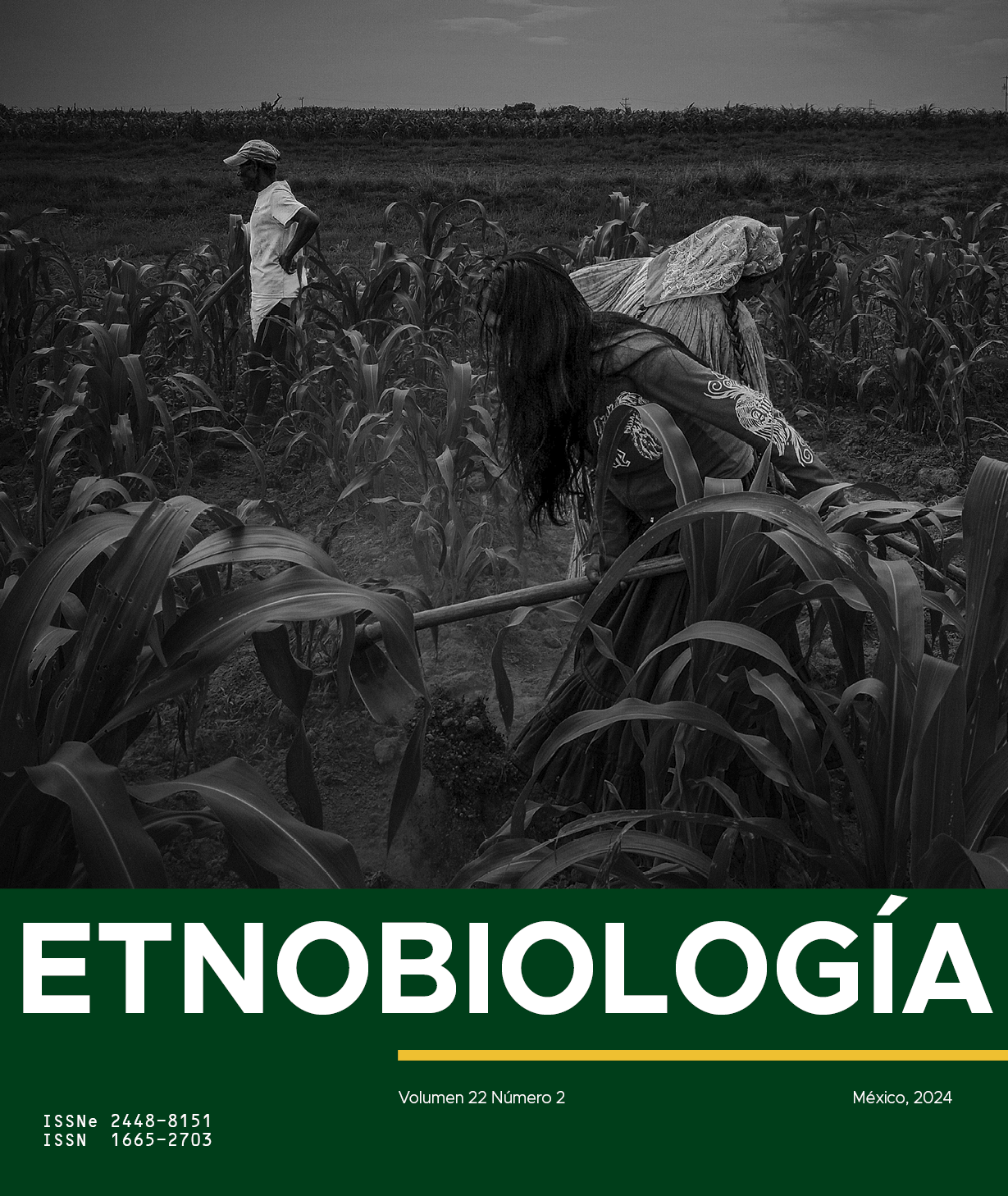FEVER: HERBALISM AND PROCEDURES IN MEXICAN TRADITIONAL MEDICINE
Abstract
Fever represents one of the most frequent causes of demand for attention in traditional medicine, its presence is an unequivocal warning sign of disease and when it is very high it becomes a cause of greater concern. Based on a bibliographic review, fever is described from the traditional medicine of various medical cultures in Mexico: how it is conceived, what causes it, what are the signs and symptoms that accompany it and what are the information gaps. In a special way, the herbal resources and procedures used for their treatment (pharmacological and physical) are described and analyzed. Twenty-eight frequently reported species were selected, highlighting sauco (Sambucus nigra ssp. canadensis), palo mulato (Bursera simaruba) and higuerilla (Ricinus communis). The pharmacological background suggests that 17 species possess antipyretic action by inhibiting prostaglandins that act as endopyrogens; of other 7 species there are already preclinical studies that prove this property. Likewise, the possible effects of heat loss by conduction, convection, evaporation and radiation through the external application of traditional remedies are briefly analyzed.


